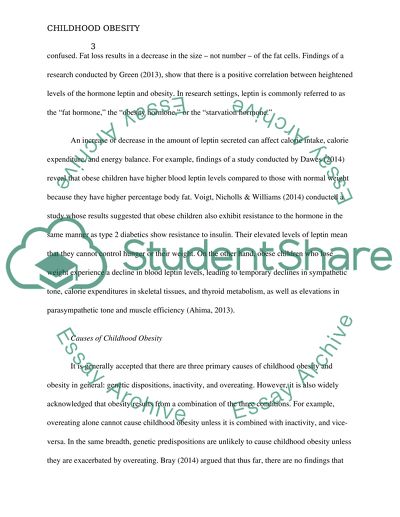Cite this document
(Childhood Obesity in the USA Literature review Example | Topics and Well Written Essays - 1250 words, n.d.)
Childhood Obesity in the USA Literature review Example | Topics and Well Written Essays - 1250 words. Retrieved from https://studentshare.org/health-sciences-medicine/1698139-writers-choice
Childhood Obesity in the USA Literature review Example | Topics and Well Written Essays - 1250 words. Retrieved from https://studentshare.org/health-sciences-medicine/1698139-writers-choice
(Childhood Obesity in the USA Literature Review Example | Topics and Well Written Essays - 1250 Words)
Childhood Obesity in the USA Literature Review Example | Topics and Well Written Essays - 1250 Words. https://studentshare.org/health-sciences-medicine/1698139-writers-choice.
Childhood Obesity in the USA Literature Review Example | Topics and Well Written Essays - 1250 Words. https://studentshare.org/health-sciences-medicine/1698139-writers-choice.
“Childhood Obesity in the USA Literature Review Example | Topics and Well Written Essays - 1250 Words”, n.d. https://studentshare.org/health-sciences-medicine/1698139-writers-choice.


